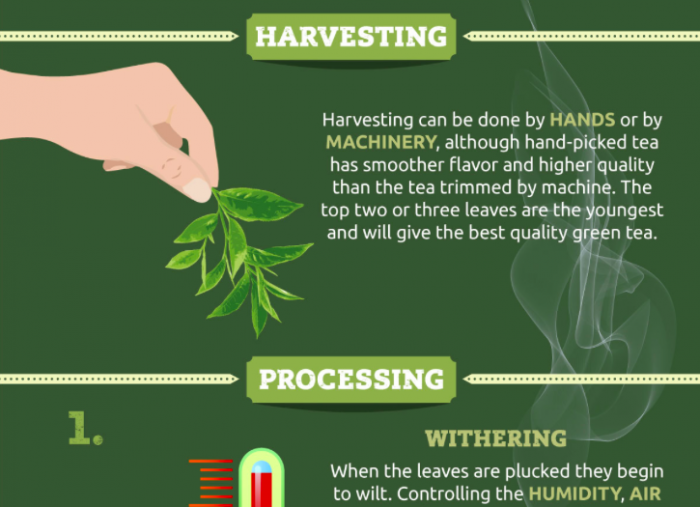According to an old Chinese legend, tea made it into our drinking habits by accident.
The legend says that a Chinese emperor, Shen Nung, was taking a stroll, carrying a cup of hot water with him, when the wind blew and shook a nearby tree. Wild tea leaves fell into the cup and gave the water a pleasant scent, taste, and gold color.
That’s how we got tea—as simple as that.
So here we are, thousands of years later, destroying this world at an accelerated pace. We pluck its fruits greedily, not thinking of future generations—human as well as plant and animal—and whether there will be any resources left for their use.
The time has come for a rebellion against this selfish, reckless, unsustainable use of land, water, air, and live organisms.
Despite this rapid destruction of our world, there are still those who care about their health and the health of our planet. There are still those who want to be well-informed about the products they’re consuming.
That is why there are so many ecological movements on the rise across the globe—the tea movement among them.
These new tea producers offer a timely answer to an increasing number of consumers who want to replace unhealthy eating and drinking habits with healthy ones.
Tea is the perfect beverage for the awakened, health-conscious population. It used to be medicinal, and its remarkable health benefits are still widely recognized. That’s why younger generations are abandoning beverages loaded with sugar and embracing water and tea.
The tea industry is growing each year, which makes this field a popular one for influencers and marketing gurus to make predictions about where tea consumption is headed.
All signs point to the rise in production of functional teas, cold brewed iced-tea, matcha tea, as well as different herbal blends with tea being one of the ingredients (alcohol-free cocktails with tea are an example).
What’s most important in terms of sustainable practices, is how tea is made.
We want to see fair treatment of plants, land, and workers. And we are willing to pay more for the sustainable production of food and beverages.
The “cleaner” the practice, the better.
This goes for tea as well. Though tea in its nature is already cleaner than most other products, the biggest impact is in how tea plants and land are treated. With careful pruning, many plants can be preserved for a long time. Fertilizing with organic waste and using native plants can also prevent soil erosion.
We can recognize sustainable tea production efforts by certain tea labels, such as Rainforest Alliance, Direct Trade, Fair Trade, Single Origin, all of which guarantee clean production practices.
There are many types of tea, but green tea is probably the most common.
It comes from the plant Camellia sinensis and it is produced with minimal oxidation. Its health benefits and particular scent and flavor have made it popular throughout the world.
Green tea travels a long journey from stage one until it ends up in our cups. The journey is even longer if producers follow sustainable practices because they try to avoid the use of machines as much as possible and do everything they can by hand.
Check out the infographic below and find out what the stages of green tea production are—from harvesting and processing to packaging and labeling, until we finally get to enjoy its pleasant taste.













Read 0 comments and reply